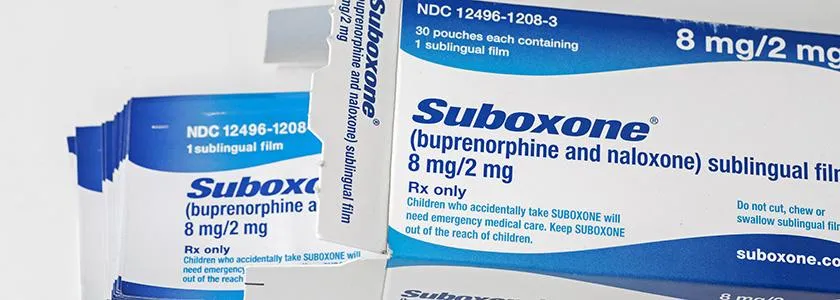Blogs

Suboxone Pt2
On Cracking Addiction this week
This episode of Cracking Addiction is the second of a two-part series on Suboxone.
Buprenorphine acts as a partial agonist on the mu opioid receptor and an antagonist on the kappa opioid receptor.
The effects of buprenorphine on the mu receptor are best described by Dr Ferghal Armstrong's pneumonic SPEAR:
• Sweating sedation
• Pinpoint pupils
• Physiological dependence
• Emesis
• Euphoria
• Analgesia
• Retention or urine and faeces
• Respiratory depression
Buprenorphine is also an antagonist of the kappa receptor and opposes the effects of the kappa receptor which can cause dysphoria so buprenorphine can assist with some improvement in mood.
Agonists bind to and activate a receptor to cause a biological response. Inverse agonist binds to the same receptor as an agonist but induces a biological response opposite to that induced by the agonist. Neutral antagonists bind to a receptor and causes no biological response in the absence of an agonist or inverse agonist but can block the activity of either. A partial agonist binds to but only partially activates a given receptor.
Buprenorphine is a partial agonist of the mu receptor which results in a plateauing of effect on the dose-response curve upon which a further dose increase results in no further effect. Buprenorphine's dose plateaus at 32mg.
Buprenorphine is effective as a form of opioid substation therapy as it:
• Has a long half life
• Suppresses cravings and withdrawal
• Freedom from the shackles of dependence
With Suboxone it is important to administer the first dose when the patient is in opioid withdrawal or there is a risk of precipitated withdrawal. Buprenorphine has a high avidity for the mu opioid receptor but is a partial agonist but will still displace full agonists from the mu receptor if they are still bound to the receptor resulting in an acute withdrawal syndrome.
Overall Suboxone is a safe and effective form of opioid substation therapy and is a useful tool to assist patients with opioid use disorder achieve stability and possibly remission of their substance use disorder.

